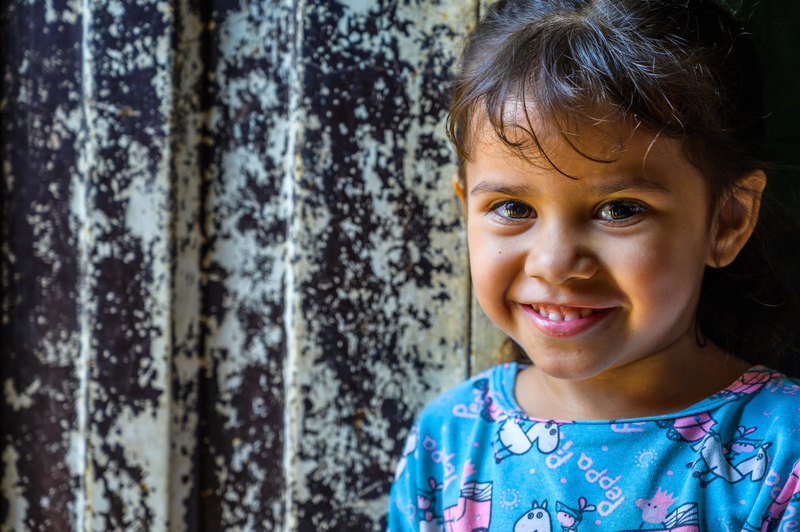On July 12, World Vision released a report on ending violence against children globally as part of the It Takes A World To End Violence Against Children campaign. World Vision is calling on all governments to make the world safer for children, and this report can help them take strategic steps to do so.
God calls us to lift the voices of the vulnerable, and by equipping world leaders with the information they need to make positive changes, we can move closer to a world where children can experience life in all its fullness (John 10:10).
Below is a summary of the report, Small Cracks, Big Gaps: How governments allow violence against children to persist. The report gives us a clearer picture of where the world is making progress and where we need to work harder to get back on track to meet global goals and keep children safe.
- Introduction
- Why ending violence against children matters
- What are some barriers to ending violence?
- Seven recommendations for actions governments can take to end violence against children
- Conclusion
Introduction
Thirty years ago, the global community adopted the United Nations Conventions on the Rights of the Child. And in 2015, the world decided to make a bold commitment — to end all forms of extreme poverty by 2030. United Nations Member States adopted the Sustainable Development Goals, which include a specific target to “End abuse, exploitation, trafficking and all forms of violence against and torture of children.”
But it’s not all good news. Despite these commitments, and the considerable progress the world has made, the data shows that violence against children is not diminishing fast enough — at the current pace, we will not meet global targets.
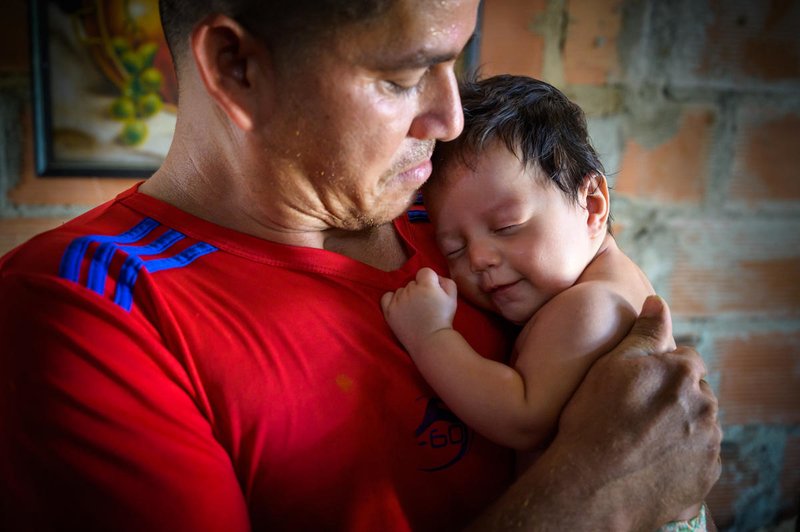
Why ending violence against children matters
Children make up almost a third of the global population, and about 1.7 billion kids experience some type of violence every year. This keeps children from living life in all its fullness (John 10:10) and fails answer Jesus’ call to welcome little children (Mark 9:37).
But the repercussions are more than spiritual. Not preventing or effectively responding to violence has life-long impacts on a child’s health and their attitudes toward family and relationships. Without intervention, the cycle of violence continues into the next generation.
Violence against children perpetuates both continued violence and continued poverty. The global financial cost of violence against children is estimated at $7 trillion annually (measured as a loss of future productivity).
When children live in fear, the entire community suffers. But when children are safe, communities and economies can grow and thrive.
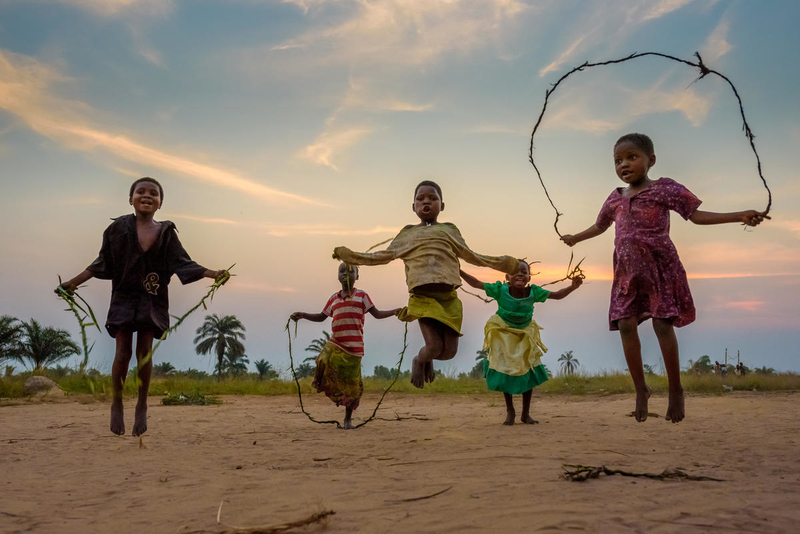
What are some barriers to ending violence?
World Vision International reviewed legislation and policies relating to violence against children in 20 countries* to identify gaps and barriers to moving toward a permanent end to this violence. The report found that:
- Legal bans do not yet cover all forms of violence.
- Strong declarations may not be followed by resources to effectively implement them.
- Fragmented initiatives are not enough to support victims or ensure protection.
- Too few children affected by violence are consulted in efforts to create a safer world.
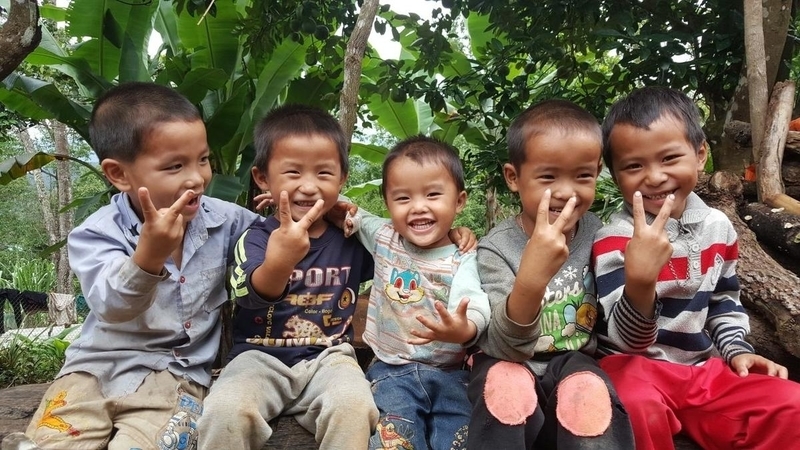
Of the countries studied, none were on track for transparency regarding funding and data. Countries had slow progress in prevention, reporting, and accountability. Progress was stronger around responding, forbidding, being accountable, and challenging perceptions.
Seven gaps in government policy to end violence against children
The report on ending violence against children identified seven gaps that allow violence continue despite commitments to eradication:
- Laws and regulations allow certain types of violence to continue.
- Responsibility for long-term societal change is deferred to development partners. Governments are not showing enough ownership over social norms and behaviors that allow violence to continue.
- Plans for gathering and managing helpful data were absent in all 20 reviewed countries.
- Policies that prevent violence against children struggle to be scaled sufficiently to reach the entire country.
- Funding commitments are lacking and rely too heavily on development partners. Action plans may be ambitions but have large funding gaps, and financing plans are not transparent.
- Children are not meaningfully consulted in decisions that impact them.
- Ownership of action plans is dispersed across multiple government departments. Without a centrally accountable government body, action plans are difficult to measure.
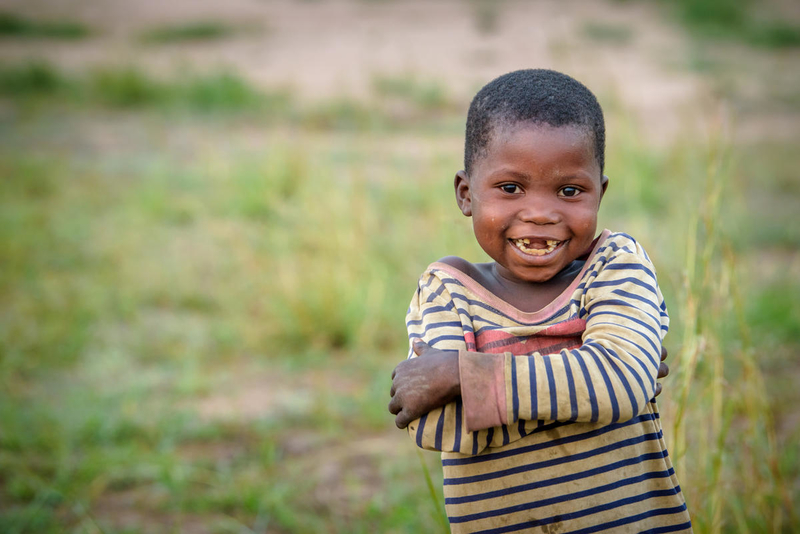
Seven recommendations for action
The report made seven recommendations for governments looking to effectively end violence against children.
- Prohibit all forms of violence against children in all settings and close gaps that allow for certain types of violence to continue.
- Invest in prevention programs and reporting mechanisms. Scale up existing solutions such as INSPIRE strategies by integrating them into government strategies and provide child-friendly reporting systems.
- Be a global champion for the prevention of violence against children and highlight the issue as a global priority.
- Increase funding and transparency in budgets for interventions and secure additional funding from new sources.
- Prioritize and invest in regular data collection and management that includes the needs of all children regardless of their circumstances.
- Mandate and plan for child consultations in policy development, monitoring, and reporting of ending violence against children initiatives.
- Increase government delivery of community education and awareness campaigns that spark social change and prevent violence.
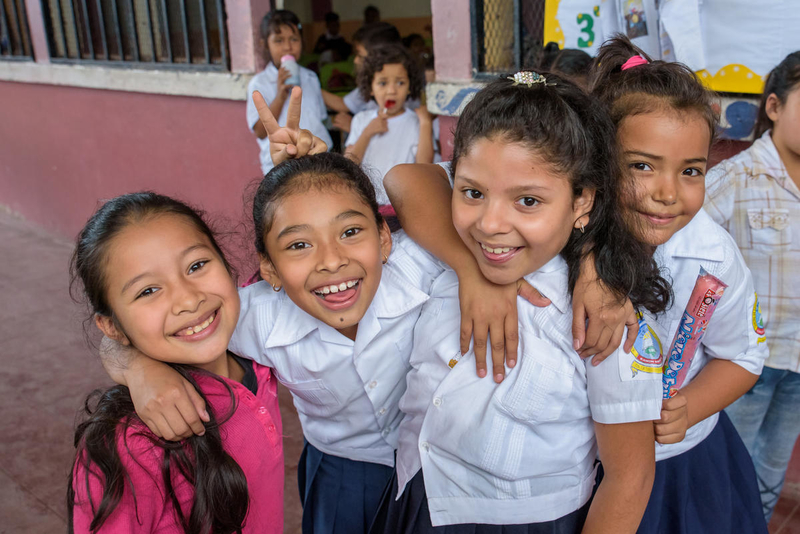
Conclusion: Recommit to ending violence against children
The Small Cracks, Big Gaps report on ending violence against children shows that laws still need improvement, budget planning and data management are underutilized, and there is an overreliance on international organizations and donor governments for funding and implementation.
For permanent change, national governments must make ambitious commitments to end violence against children. We urge the international community to make ending violence a priority — in both word and deed.
World Vision believes that a world without violence against children is possible. God cares deeply about kids, and he calls us again and again to look after the vulnerable. With his help, we will continue to courageously pursue a world where every child is loved and valued as a child of God.
“Whoever welcomes one of these little children in my name welcomes me; and whoever welcomes me does not welcome me but the one who sent me.” — Mark 9:37 (NIV)
ACT NOW:
We are asking Congress to introduce the Strengthening Efforts to End Violence Against Children Act, which World Vision helped write. It will elevate the needs of the children most at risk of violence and promote better research and data-gathering so violence can be tracked and ultimately prevented. Use the form below to ask Congress to introduce this act today!
*Countries reviewed in report on ending violence against children: Angola, Armenia, Bangladesh, Bosnia and Herzegovina, Cambodia, The Democratic Republic of the Congo, El Salvador, Eswatini, Ethopia, Guatemala, Indonesia, Mexico, Mozambique, Peru, The Philippines, Romania, Sierra Leone, South Africa, Sri Lanka, and Zambia. World Vision is working in some capacity in all 20 countries. This allowed direct consultation with government and local authorities. The selection of countries reviewed reflects varied levels of prevalence of violence against children and varied levels of commitment to its eradication.
Top photo: Keren Arrieta, 3 yr-old girl whose family fled violence and poverty in Venezuela. (©2019 World Vision/photo by Jon Warren)


